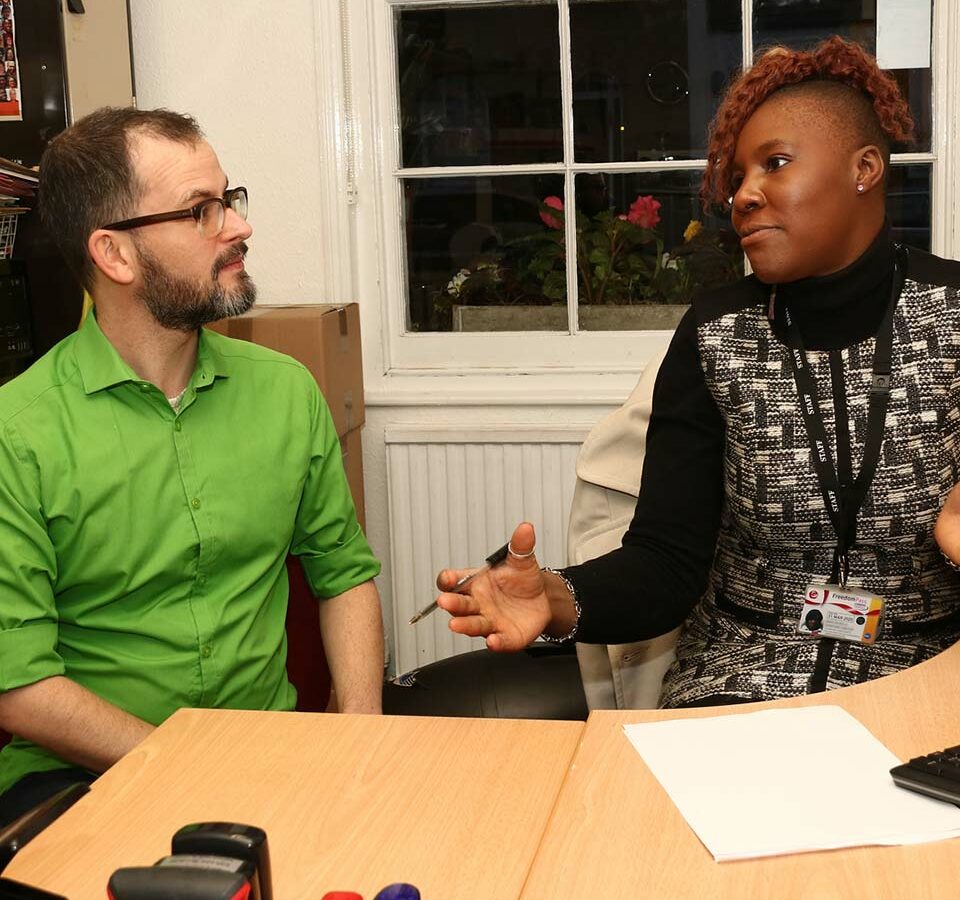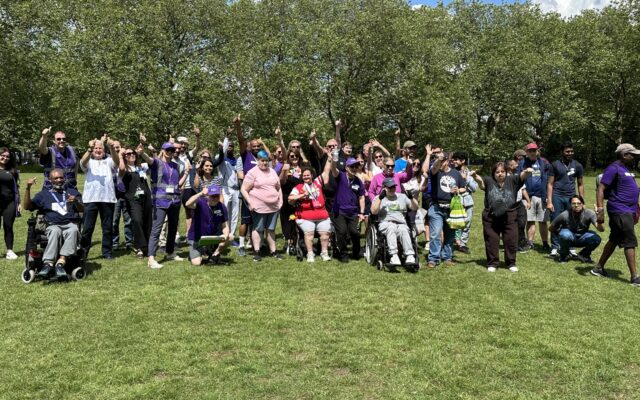When you book a table at a restaurant, do you ask for a chair? Of course not – you expect it to be there.
It’s the same principle with workplace inclusion. You do not suddenly build a lift when a wheelchair user applies for a job; you already have that lift.
I have ADHD and dyspraxia and, when I was younger, I assumed that, to be included, I had to ask to be accommodated in some way.
People like me are taught to believe that our brains are not built to fit in; we ask for extra time in exams and we have annual reviews to assess our needs. The “you don’t fit” and “we can only accommodate you if there’s enough time/money/resources” rhetoric is damaging.
We need to think more deeply about workplace inclusion. For this reason, I recently wrote a guide, Creating the Dialogue for Neurodivergence Inclusive Workplaces. It is aimed at employers, managers and employees, so they can begin conversations about this.
Neurodiversity is a term coined by Australian social scientist Judy Singer to describe natural variations in how people think and process information; we are all cognitively diverse.
Neurodivergent refers to people with less typical neurotypes such as those with ADHD, dyslexia, autism, dyscalculia, dyspraxia and dysgraphia.
While I do not have a learning disability and can talk only through my experiences of ADHD and dyspraxia, I hope elements in my guide will be of interest to the learning disability community.
Although I call it a guide, one size does not fit all when it comes to neurodivergent inclusion. The resource, which is available on my blog A Little More Understanding, is more of a trial and error template based on my experiences.
If you google “neurodiversity in the workplace”, you will find well-meaning articles. But these are often written by organisations rather than by people with lived experience, and cover matters such as adjusting the environment to meet sensory needs, for example allowing people to wear headphones or offering quiet spaces.
My previous employer, for example, offered me assistive software (which I rarely used) and a timer. A timer will not help my time management, because my executive function (mental processes that include memory, planning and focus) means I forget it exists in the first place.
So the fundamentals of inclusion are not being addressed, despite all the practical support and equipment available. Reasonable adjustments are important, but the conversation should not end there. And it shouldn’t just be us starting the conversation.
Looking deeper into inclusion is about getting to the heart of the values, ethos, practices and culture to understand if the workplace is a psychologically safe place to be.
Understand the workplace
To me, feeling psychologically safe means being able to be honest and open, not feeling judged and being listened to. It means actions resulting from my suggestions are put into practice and managers ask what I need or do not need, rather than assuming they know. I want to feel my contributions, experiences and ideas are valued.
To return to the restaurant analogy, employers should make neurodivergent staff feel they have a place at the table, without having to ask for anything that hasn’t already been considered.
Tips to attract and retain neurodivergent staff
- Use an application and interview process where bias is removed
- Embed systemic inclusion and neurodivergent-accessible practices into workplace culture
- Ask people about their preferred communication methods
- Listen and keep communication open, honest and supportive
- Keep discussions and reflections positive
This article is based on Creating the Dialogue for Neurodivergence Inclusive Workplaces – Alice Hewson is a journalist and youth worker.





